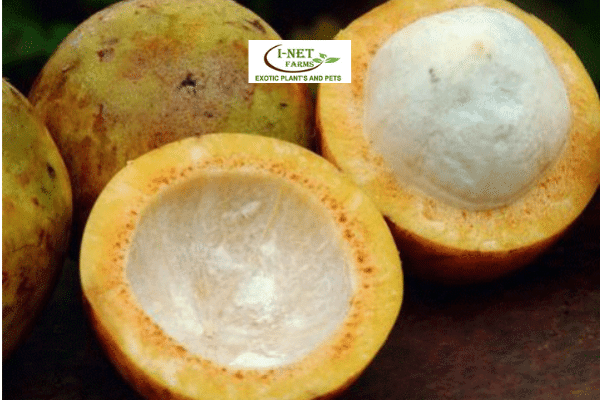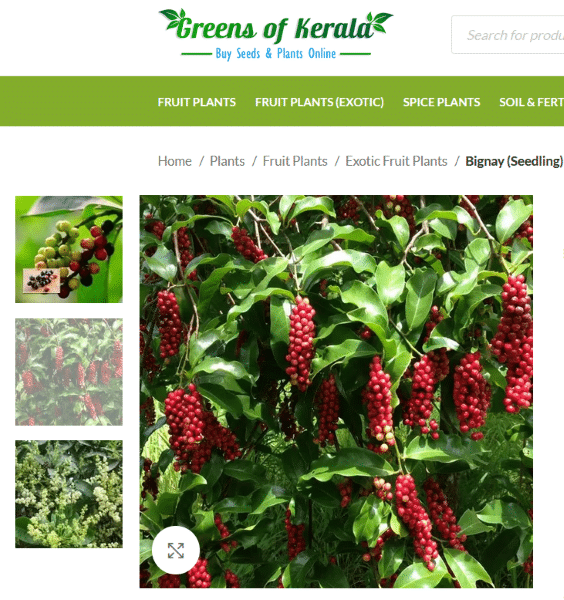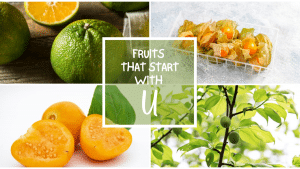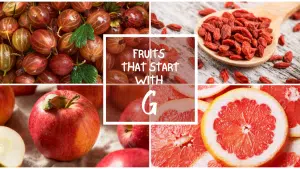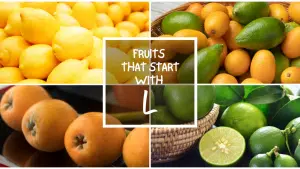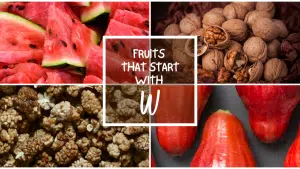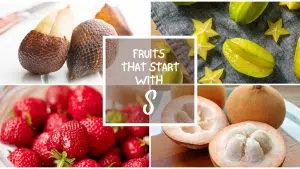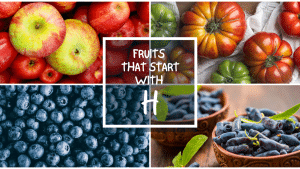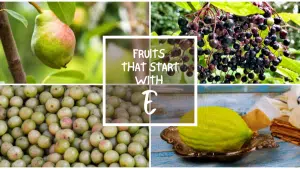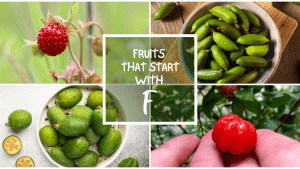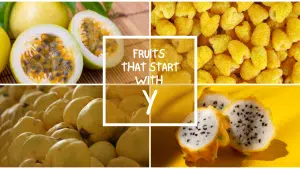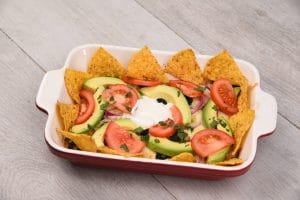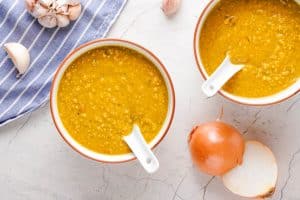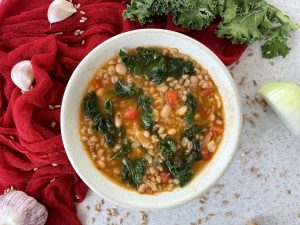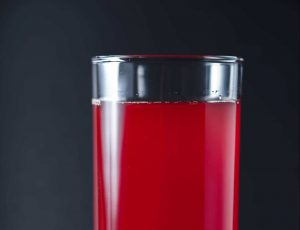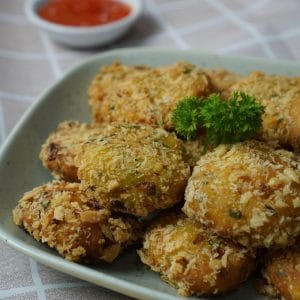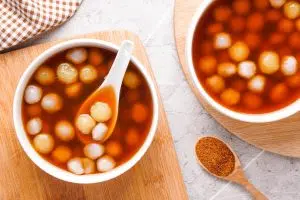All The Fruits That Start With B
Important Note: When you buy through our links, we may earn a commission. As an Amazon Associate we earn from qualifying purchases. Content, pricing, offers and availability are subject to change at any time - more info.
With a bevy of bountiful B fruits to choose from, you can easily work your way through new sources of tasty nutrition. It’s easy to overlook all of the wonderful fruits mother nature has blessed us with when you’re limited to commercial sources. However, if you’re willing to look outside the bubble of your grocery store, you may be surprised by all the wonderful options before you. Take a look at some of the many wonderful nutrient-rich and flavorful B fruits you have to choose from.
- Banana
- Bacuri
- Bael
- Balsam Apple
- Babaco
- Batuan
- Beach Plum
- Bayberry
- Bignay
- Bilberry
- Black Cherry
- Blackberry
- Blackcurrant
- Blueberry
- Blood Orange
- Boysenberry
- Brinjal
- Barbadine
- The Final Letter
Banana

This vibrant and sweet yellow fruit originated in Southeast Asia but is now cultivated globally in tropical climes. From regions in South and Central America to places as far east as China and Africa, with hot tropical climes, bananas can flourish nearly anywhere. Scientifically known as Musa acuminata, bananas are grown on tall flowering trees.
Of note, bananas can be commercially purchased nearly anywhere in the US; from grocery stores to markets and cafeterias to gas stations, they are one of this country’s most commonly eaten fruits. Without a doubt, the biggest producer of bananas in the US is Hawaii closely followed by Florida.
Bananas are a sweet and starchy fruit whose skin is inedible. Bananas are sweetest and most palatable when they’re at their ripest. Inherently, bananas are high in sugar and therefore a naturally sweet fruit. Notably, its flavors have subtle hints of vanilla and honey; as such, bananas are a common ingredient in many sweet treats such as muffins, oatmeal, yogurt, ice cream, Bananas Foster, pies, and far beyond. Finally, bananas have many great health benefits and are a wonderful addition to anybody’s diet; bananas are high in fiber and potassium as well as magnesium and vitamins B6 and C.
Bacuri
Bacuri fruit, or Platonia insignis, is a Brazilian fruit that’s said to be one of the most delicious in its native country. Ironically, however, bacuri is also one of the most unappealing-looking letter B fruits. Originating in the Amazon rainforest of South America, bacuri is a tree fruit that grows in the humid climes of Paraguay, Columbia, and other Amazonian countries. Bacuri is one of the most popular fruits sold in markets throughout South America, however, it is neither cultivated in nor imported to the US.
Bacuri is a round brownish fruit that’s similar in size to a lemon; its rind is soft and squishy but not typically eaten. The fruit’s white pulp is sticky, aromatic, and has a sweet and sour flavor profile. Bacuri is most commonly eaten fresh and whole, however, one of its most popular usages is in skin ointments or body butters. Bacuri is packed with antioxidants as well as phenolic properties that are good for your skin whether eaten or used topically.
Bael

Bael, which is scientifically categorized as Aegle marmelos, is a fruit native to India and Bangladesh. Since its founding, however, bael has become popularly cultivated in countries all over Southeast Asia. Although bael is not commercially cultivated in the US, home gardeners can plant bael trees in their yards. Furthermore, dried bael fruit can also be purchased from online retailers.
The flesh of bael can be eaten whole and is encompassed in an inedible hard shell. The hydrating, fibrous pulp has a mildly sweet flavor reminiscent of honey or caramel. Bael is a juicy, aromatic, and wonderfully nutritious addition to one’s diet. Speaking of nutrition, bael is loaded with nutrients such as phenolic acids, lactic acids, tons of vitamins, carotenes, and more. Lastly, some of the most popular ways to enjoy bael are whole, juiced, made into sherbert, and, in India, blended with palm sugar and eaten for breakfast.
Balsam Apple
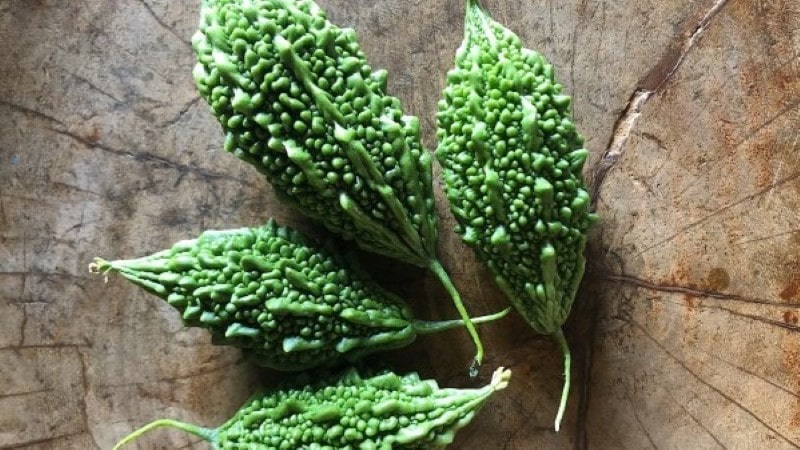
This tropical vine fruit is native to the tropical climates of Africa, Asia, and Australia. Scientifically dubbed the Momordica balsamina, the balsam apple can also be found in parts of Central America as well as southern Florida. Known to bloom in the mid-summer to late fall months, this variety of apples is easiest to find in the southern US states, however, some gourmet grocers throughout the US also carry them. Not to worry, though. As with most things these days, you can buy your balsam apples online.
These small, shiny, yellow fruits can be eaten whole and their rind has a flavor similar to bitter melon. The pulp is seedy and mildly sweet; it’s often blended with plain grains to add a treacly flavor. Other recipes that incorporate the balsam apple include Cassava, Karela Potatoes, and vinegar infusions. Finally, the balsam apple is rife with nutrients such as amino acids and glutamic acid, both of which give you energy, improve digestion, support a healthy immune system, and produce hormones. The perfect way to round out your diet, balsam apples are delightfully nutritious.
Babaco
A natural crossbreed between the mountain pawpaw and Chambura, the babaco is indigenous to Ecuador. Scientifically, the babaco is regarded as Vasconcellea x heilbornii. Notably, the babaco is a shrub plant that only grows in tropical climates and it’s only cultivated commercially in tropical and subtropical countries of Central America. Unfortunately, it’s not available commercially in the US, however, home gardeners in warm US climates have been known to successfully grow babaco.
Moreover, the babaco is a shiny, yellow, torpedo-shaped fruit that has a tropical flavor with hints of strawberry, pineapple, and papaya. While the skin of the babaco isn’t edible, the inside is fleshy, white, and sweet; it’s also seedless so all of the fruit’s inside can be enjoyed by scooping with a spoon. As far as recipes go, the most popular way to prepare babaco is in a sweet Ecuadorian dessert called Dulce de Babaco. It’s also common to juice it, make smoothies, add it to pie fillings, and incorporate it into salads. Finally, babaco is a tremendous source of vitamins A and C as well as niacin, fiber, and iron; it’s also rich in Papain which aids in digestion.
Batuan
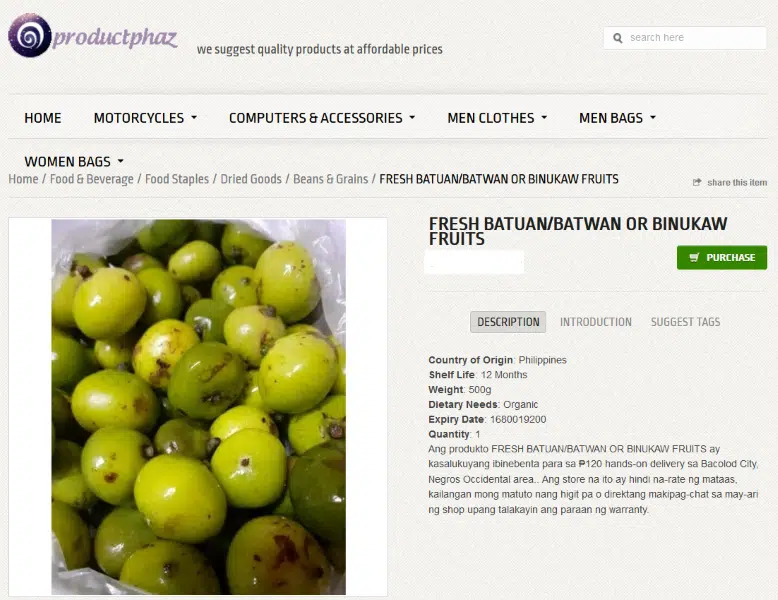
This flowering fruit is indigenous to the Philippines and its biological name is garcinia binucao. Although this fruit is not harvested commercially, it does grow wild in other Southeast Asian countries such as Sri Lanka and Vietnam. Batuan has a subtly sour taste and is a popular ingredient in Filipino cooking. Although batuan can be purchased fresh in the US, batuan paste and powder can be purchased commercially from online retailers. Because batuan is a wild fruit, little is known about its nutritional composition.
Beach Plum
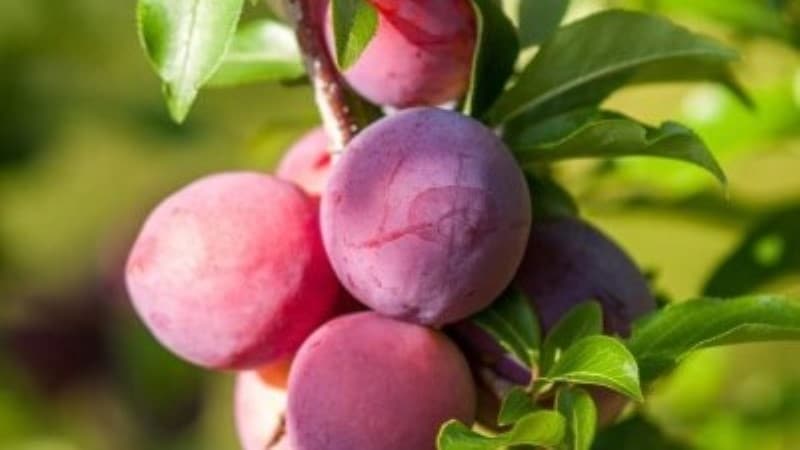
This wild fruit typically grows on low-lying shrubs along the eastern seaboard. The prunus maritima is not harvested commercially and it necessitates sandy soil and saltwater air for optimal growth. Although beach plums are sweet, soft, and fleshy, their composition is mostly pit and very little flesh. Although these wild plums are safe to eat, the pit does contain cyanide which is poisonous if consumed. Beach plums begin flowering in early spring and can be harvested between late summer and early fall.
Beach plums are mildly sweet and tart lending themselves perfectly to jams, jellies, and pies. However, when fully ripe, they are delicious to consume whole. Adding beach plums to your diet is thought to improve bone health as well as circulation as they are rich in vitamins K and A as well as potassium.
Bayberry
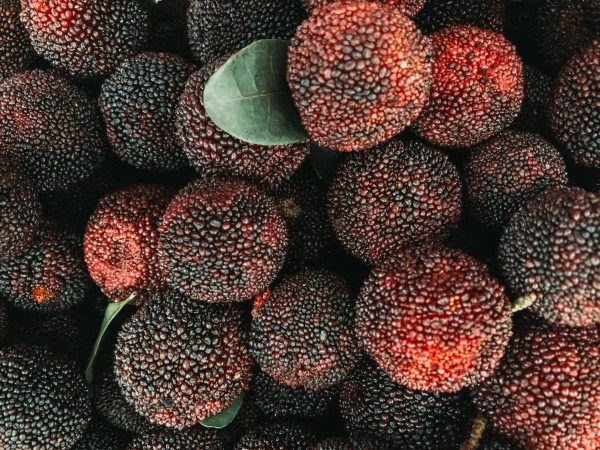
Scientifically classified as Myricaceae, the bayberry is a bush berry that is grown globally. The bayberry can be found in parts of North America, South America, the United Kingdom, Japan, and beyond. Although bayberries can be grown in home gardens as well as purchased in specialty shops, they are most readily accessible online. Bayberry bushes grow all year long, but the fruit is harvested between April and May.
Both sweet and tart, the bayberry has notes of strawberry, cranberry, and pomegranate. Bayberries compare in size to grapes and their flesh is likened to the pulp of an orange. Popularly eaten whole, these berries have also found their way into pies, jam, juice, and bread recipes. Another popular, yet inedible, use for bayberries is in scented candles. Lastly, bayberries are rich in antioxidants and anti-inflammatory properties making them a good addition to your diet.
Bignay
Native to Southeast Asia and Australia, the bignay is scientifically known as antidesma bunius. This tropical fruit isn’t grown commercially in the US but can readily be purchased from online retailers. Because this fruit requires hot, humid climates to fruitfully grow, places such as Florida have been known to privately yield a bignay harvest during the early spring to early fall months.
Similar in appearance and close in taste to a cranberry, the bignay is also eaten and prepared like a cranberry. Earlier in the harvesting season, bignays have a more sour flavor profile while later in the season they tend to be sweeter. Delightful to pop in your mouth as a quick, healthy snack but also cooked in jams and pies, the bignay is versatile. Bignays are also a fun berry to make wine with. Nutrient-rich, bignay contains vitamins A, C, E, and B1 along with iron, fiber, and important minerals. Consider adding these to your routine for a more well-rounded diet.
Bilberry
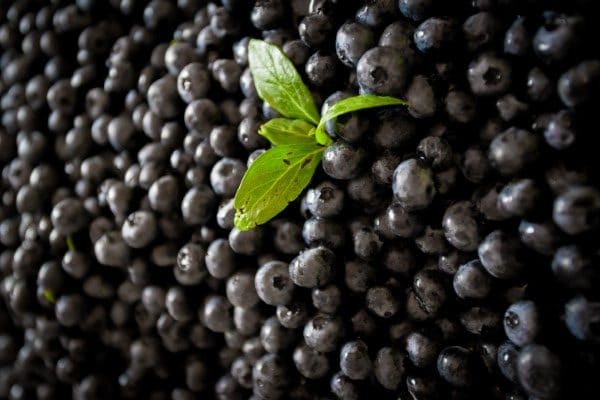
Native to Northern Europe and parts of Asia and now found in both the US and Canada, this bush berry’s botanical name is Vaccinium myrtillus. Although bilberries are cultivated throughout the US, specifically in cooler climates, they are not available for commercial purchase in their whole form. Instead, bilberries have been used as an herbal remedy since the middle ages so it’s more accessible in pills and powders and easily found at vitamin stores. Bilberry is used throughout Europe to remedy circulation problems, diabetes, diarrhea, and other disorders.
Bilberries are easily mistaken for blueberries as they look identical in size, shape, and color. They are sweet and juicy and give off hints of melon and pineapple. These tasty, bite-sized berries are commonly eaten whole or juiced and in jams and pies. Other popular bilberry recipes include tarts, bread, and muffins. Lastly, bilberries are loaded with nutritious and palliative properties such as vitamins A, B, C, E, and K as well as other vital nutrients.
Black Cherry
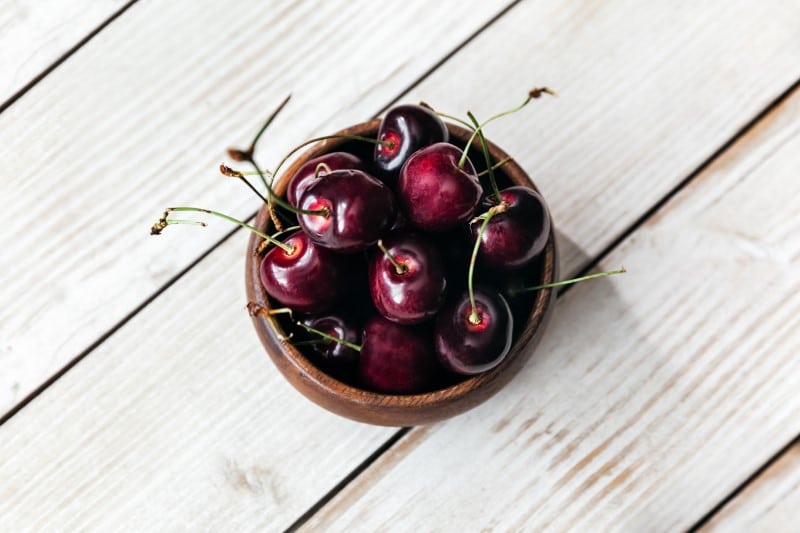
Native to North America and found throughout the Midwest and East Coast, the black cherry’s official name is Prunus serotina. Black cherries are available commercially in grocery stores throughout the regions in which they grow, but they can also be grown and purchased privately in other parts of the country. Ripe and ready for harvest in mid-August each year, black cherries are a popular summer fruit.
Black cherries are roughly one centimeter in diameter and have a hard pit in their center, perfect for spitting during backyard barbecues. Dark red and known to stain fingers and clothes, they taste sweet and slightly nutty with hints of cinnamon and spice. Tarts, cobblers, pies, and jams are all common preparations for black cherries. A rich source of vitamin C and polyphenols, black cherries are known to reduce inflammation, muscle soreness, and blood pressure.
Blackberry

The rosoideae, colloquially known as the blackberry, is a hybrid berry native to Europe, Asia, and both North and South America. Commercial cultivation of blackberries began in the mid-1800s. One of the easiest berries for home-growers to raise, blackberries are both shrub and vine berries. Popular throughout the US, blackberries can be purchased commercially in grocery stores and farmers’ markets throughout the country. Blackberries are best harvested in mid-to late-summer.
Notably, blackberries are tangy like raspberries, though they have a sweeter aftertaste. Succulent and juicy, blackberries are a fun and healthy treat to eat whole. A much-favored way to enhance the subtle notes of the blackberry flavor profile is by adding a dash of vanilla to your serving. Other popular blackberry preparations include jams, pies, tarts, bars, and cakes; they’re the perfect fruit for most berry-inspired confections. Ultimately, blackberries are packed with tons of vitamins, folate, calcium, iron, and magnesium among many other nutrients.
Blackcurrant
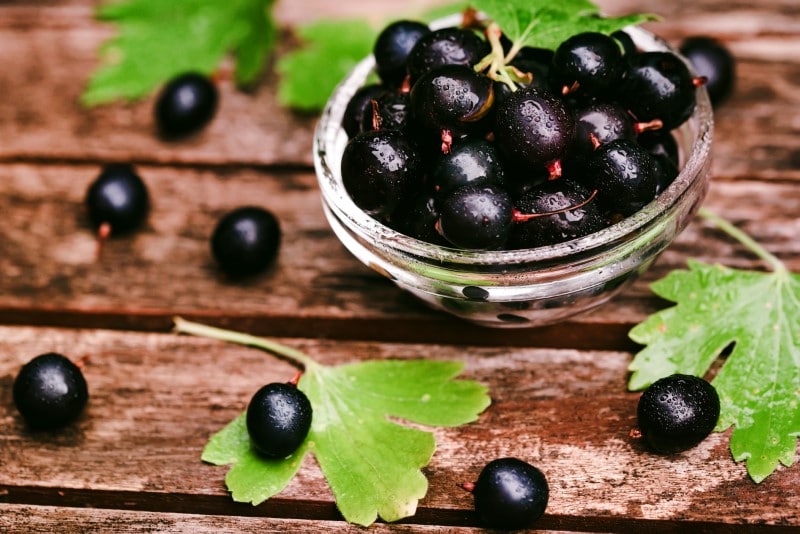
The Ribes nigrum, better known as blackcurrant, is indigenous to parts of Europe and North Asia. Flourishing in damp fertile soil, the black currant was banned in the US for much of the last 100 years; it was thought to be responsible for spreading a fungus lethal to pine trees. However, after crafting a remedy to the fast-spreading fungus, some states began permitting the cultivation of blackcurrant in 2003. Today, Americans can readily buy blackcurrants in parts of the Pacific Northwest and the Northeastern United States.
Blackcurrants have an aromatic scent with notes of cherry, vanilla, and wildflower; their taste is semi-tart and earthy with acidic undertones that lack sweetness. Blackcurrant is popularly used to infuse medicines and liqueurs as well as the star of many pastries, sweets, and jams. Other popular blackcurrant recipes include pudding, oatmeal, and sorbet. In conclusion, this nutrient-rich berry is loaded with vitamins and they’re an excellent source of antioxidants.
Blueberry
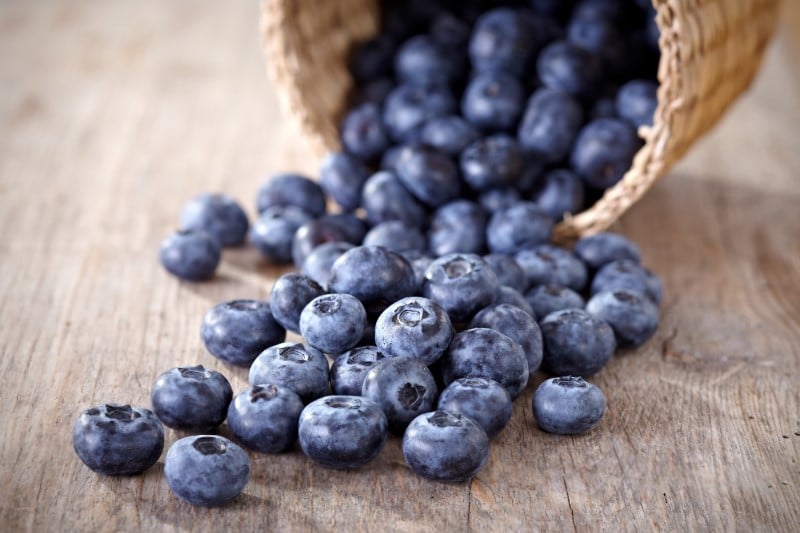
Cyanococcus vaccinium, best known as blueberries, is a perennial flowering plant of unknown origin. Blueberries are grown predominantly in the US but are found in other countries such as Poland, Canada, and Germany as well. Within the US, blueberries are grown in 38 of the 50 states, with Michigan, New York, and New Jersey as leading producers.
Blueberries are small round berries that measure approximately half a centimeter in size. They are a deep blue in color, juicy, and fleshy. Blueberries are commonly eaten whole but are also the star of many sweet confections including jams, pastries, and smoothes to name a few. Another popular way to enjoy blueberries is frozen. Rife with antioxidants and a good source of fiber, vitamin C, and important minerals, blueberries should find their place in your diet.
Blood Orange
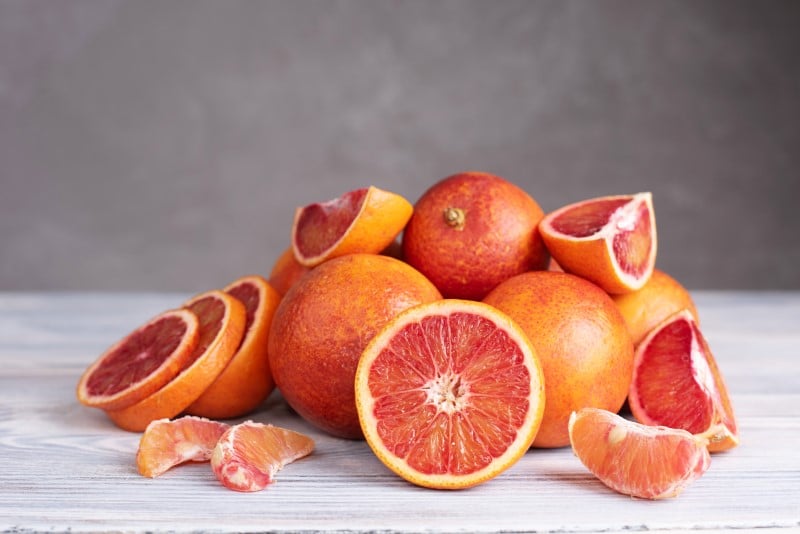
A naturally occurring variation of standard oranges, the blood orange isn’t as gruesome as it sounds; in fact, it’s simply named so for its vibrant red pulp. First cultivated in Italy, the blood orange is now commercially grown all over the world. The citrus sinuses, or blood orange as it’s best known, can be purchased all over the US in grocery stores and farm stands.
From the outside, the blood orange is similar in size, shape, and color to the standard orange, but when you peel it open the pulp is a beautiful red. Sweet, fruity, and juicy like a standard orange, the blood orange has a slight berry scent and tastes a bit sweeter with hints of raspberry and strawberry. Blood oranges are deliciously eaten whole or juiced but are also a popular addition to Sangria and a mixer in cocktails. An excellent source of fiber, vitamin C, and antioxidants, blood oranges are linked to weight loss, improved gut health, and immune support.
Boysenberry
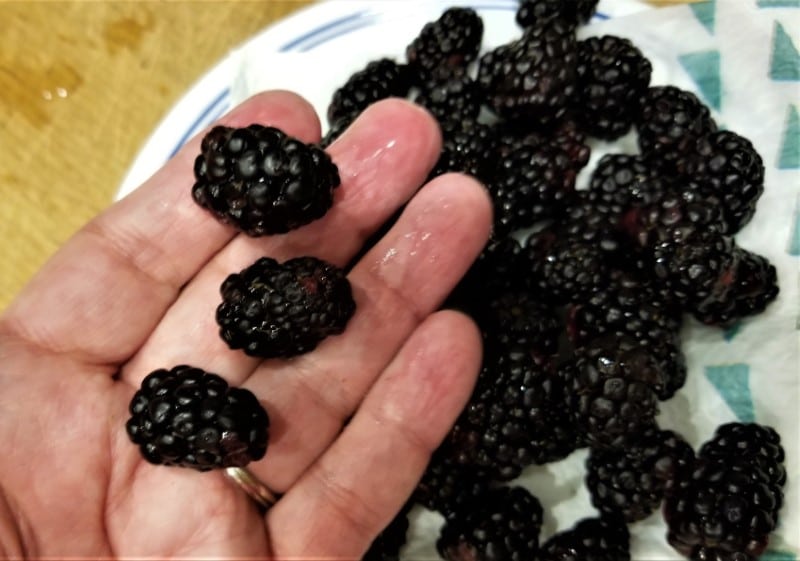
This hybrid berry is a cross between a blackberry, raspberry, and loganberry. First discovered in California in the twenties, the boysenberry can be found all over the US, however, it’s primarily cultivated in the Pacific Northwest. Outside of the US, boysenberries are mass-produced in New Zealand.
Notably, boysenberries have a fruity aroma and they resemble raspberries in appearance. They are small and juicy and taste like a blend of blackberries and raspberries; they’re mildly sweet and slightly sour. Boysenberries are delicious as a fresh, whole fruit but they’re also tastily enjoyed on salads, in yogurts and oatmeal, and as the star of many confections. Additionally, they can be made into jams, added to spirits, and reduced into sauces for both sweet and savory dishes. Finally, boysenberries are packed with nutrients such as vitamins, minerals, and antioxidants. Further, they’re high in fiber, calcium, magnesium, and potassium.
Brinjal
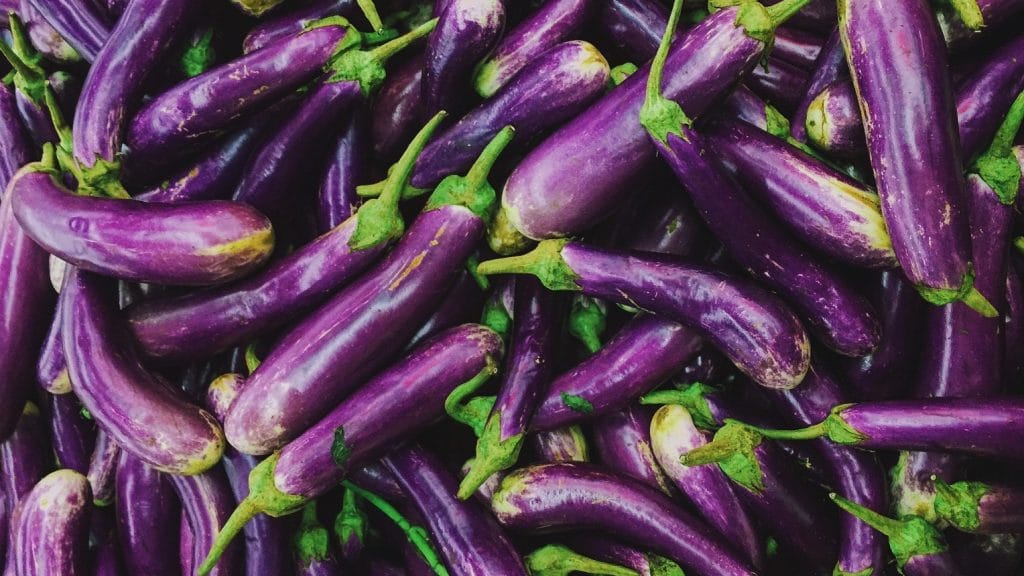
The scientific name of brinjal is Solanum melongena. Another name for brinjal is eggplant and aubergine. It is a nightshade species that belongs to a Solanaceae family. Brinjal is an edible fruit typically used in cooking as a vegetable. You can consume both its seeds and skin just like a tomato. Brinjal is native to south Asia and east Asia.
Barbadine
A relative of passion fruit, barbadine is a sweet oblong fruit that hails from Central and South American countries. However, this fruit, whose scientific name is passiflora quadrangularis, was introduced in Barbados in the mid-1700s. Although it’s not available commercially in the US, home growers can easily purchase seeds from online retailers. However, successfully growing barbadine requires a warm, humid climate.
This delicious fruit is sweet and juicy and is often used in punch drinks. The barbadine has a mildly sweet, floral pulp that tastes and smells incredible. Of note, the flesh is creamy and has a yellow seed sack that’s typically not eaten. Besides barbadine punch, it’s also popular to use the pulp of barbadine to make ice cream as well as baked treats such as cheesecake and bread. Barbadine is rich in vitamin C although little else is known about its health benefits.
The Final Letter
Though some of these fruits are better known and more accessible than others, each is worth a try. Whether you’re here to diversify your diet or looking for a fun way to access new fruits, each of these B fruits brings something new to your diet.

